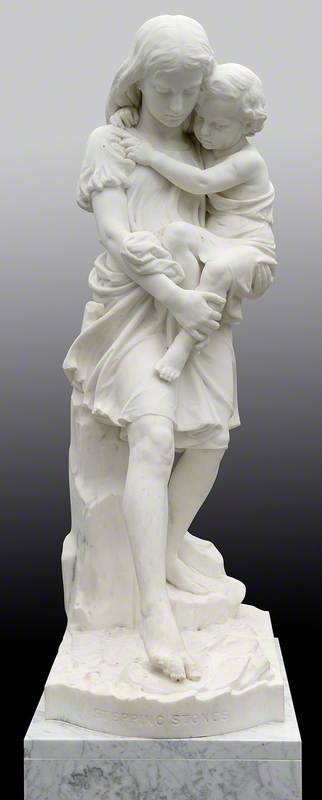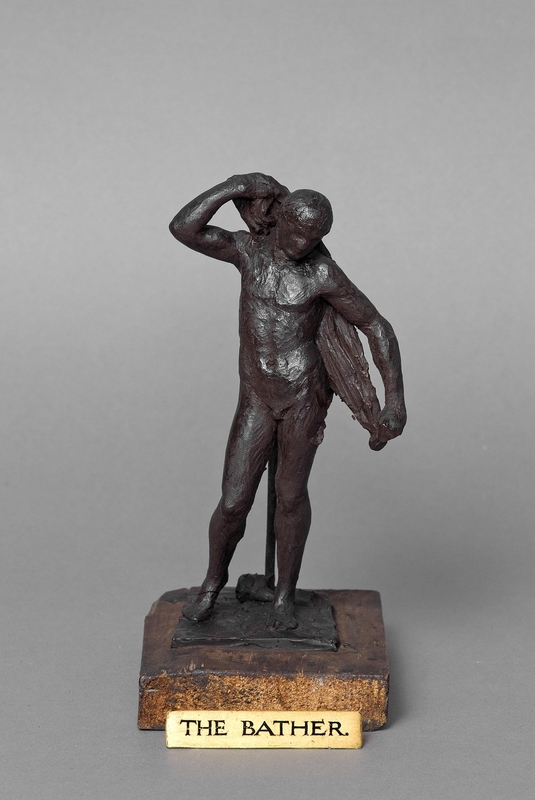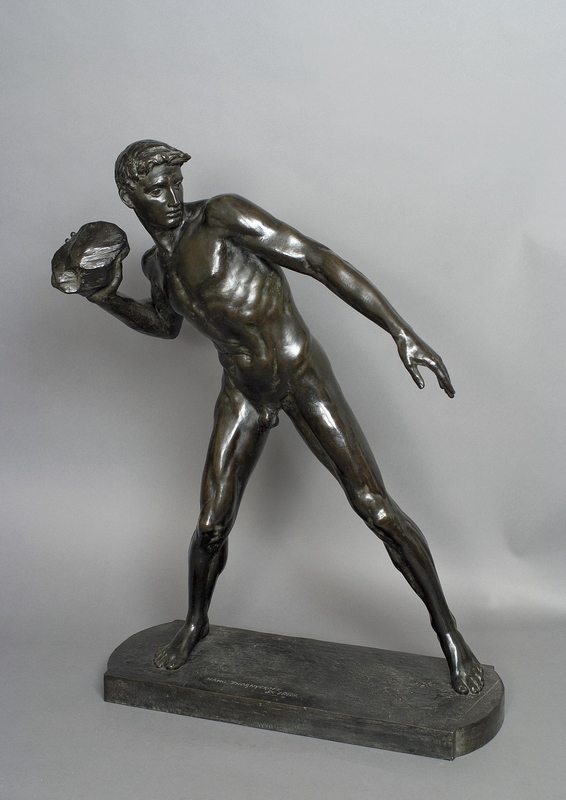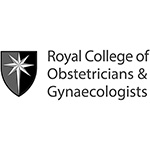
William Hamo Thornycroft [also known as Hamo Thornycroft; and as Sir William Hamo Thornycroft] was born at 39 Stanhope Street, Regent's Park, London, England on 9 March 1850 and was the son of Thomas Thornycroft (1815–1885) and Mary Thornycroft (née Francis, 1809–1895) who were both sculptors. He initially trained as a sculptor in his parents’ studio and then studied at the Royal Academy Schools in London from 1869 to 1875. In 1871-72 he travelled to Italy via France and in 1875 was awarded the Royal Academy gold medal for his sculpture 'A Warrior Bearing a Wounded Youth from the Field of Battle'. Thotnycroft then embarked on a highly successful career as a sculptor. While still a student at the RA Schools, he exhibited for the first time at the Royal Academy in 1872 and continued to do so virtually every year until 1926, the year after his death.
He was elected an Associate of the Royal Academy (ARA) in 1881 and a Royal Academician in 1888. He was also a founder member of the Art Workers Guild in 1884, a Fellow of Royal Society of British Sculptors (FRBS) in 1923; and vice-president of the Royal Society of British Sculptors in 1924-25.
Notable among Thornycroft's public sculptures are the Gladstone Monument in the Strand, London; a statue of Oliver Cromwell in front of the Houses of Parliament in London; a monument to General Gordon in Victoria Embankment Gardens, London; a statue of Alfred the Great in Winchester, Hampshire; a statue of Mandell Creighton, (Bishop of London) for St Paul's Cathedral in London; the the Curzon Memorial for Calcutta [now Kolkata], India; the King Edward VII Memorial for Karachi, Pakistan; an architectural frieze for the Institute of Chartered Accountants in England and Wales at at Chartered Accountants' Hall in London. [For a detailed list of Thornycroft's commissions see The Victorian Web]
Two works by Thornycroft were purchased by the Chantry Bequest - 'Teucer' in 1882, and 'The Kiss' in 1916. He was awarded a knighthood for his services to art in 1917 and the Gold Medal of the Royal Society of British Sculptors in 1924.
Thornycroft's address was given as 21 Wilton Place, London in 1872 and 1904; and 21 Melbury Road, Kensington, London in 1905 and 1925. He died He died at the Acland Home, a private nursing home in St Giles', Oxford, on 18 December 1925.
Text source: Arts + Architecture Profiles from Art History Research net (AHRnet) https://www.arthistoryresearch.net/

























